Zynga is a particularly interesting company to study because they pioneered a new type of gaming company. Founded in 2007, Zynga led the social game revolution that continues to take in astonishing profits. As of 2013, Zynga has three of the top five games on Facebook and has 265 million active monthly users. After releasing Farmville in 2009, Zynga quickly became the largest social gaming company, trading at well over $14 a share. They began acquiring numerous smaller social gaming companies, such as omgpop, until they were eventually likened to a “federation of city-states.” Evelyn Rusli of the New York Times reported in 2011 that “Several former employees describe emotionally charged encounters, including loud outbursts from Mr. Pincus, threats from senior leaders and moments when colleagues broke down into tears.”[1] Today, April 22 2013, Zynga trades at barely over $3 a share.
In response to claims of fear and emotional distress Zynga’s employees face, the chief executive, Mark Pincas, has asserted that Zynga is a meritocracy, and thus weaker employees will necessarily feel overwhelmed: “Those who do not perform can perish.” Rusli goes on to report, “Mr. Pincus, a graduate of Harvard Business School and a former Wall Street hand, sees Zynga in a different mold, aiming to build a more perfect meritocracy, according to people close to him.” This claim of meritocracy is not uncommon in the games industry by any means, however usually companies don’t implement meritocratic systems to foster competition (or at least they don’t claim to).
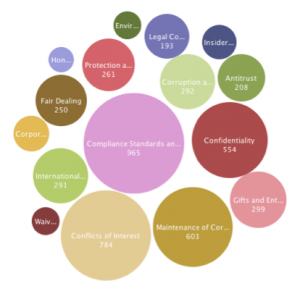 For the purposes of this project, I’m particularly interested in how these companies foster, or don’t foster, diversity, particularly when it comes to female employees. MIT professor Emilio Castilla, in his landmark study, finds that “the formalization of this performance system [aka a meritocracy] created additional opportunities for discretion and biases to emerge, ultimately resulting in compensation differentials for women and minorities over time. Future research should take steps toward studying whether the patterns discovered” (1519). In other words, a meritocratic environment equals more discrimination that traditional hiring, retention, promotional, and termination systems because it systematizes bias at the same time that it obscures bias.
For the purposes of this project, I’m particularly interested in how these companies foster, or don’t foster, diversity, particularly when it comes to female employees. MIT professor Emilio Castilla, in his landmark study, finds that “the formalization of this performance system [aka a meritocracy] created additional opportunities for discretion and biases to emerge, ultimately resulting in compensation differentials for women and minorities over time. Future research should take steps toward studying whether the patterns discovered” (1519). In other words, a meritocratic environment equals more discrimination that traditional hiring, retention, promotional, and termination systems because it systematizes bias at the same time that it obscures bias.
The word frequency image above suggests such a corporate atmosphere as well. With an eleven page code of conduct (compared to EA’s four pages and Blizzard’s eight pages), Zynga does not mention discrimination, abuse, bias, inequity, or any other synonyms. They mention harassment once, but not with the purpose of protecting employees. Rather, their only mention of harassment is in the section titled “Protection and Proper Use of Company Assets” and reads: “You may not, while acting on behalf of Zynga or while using our computing or communications equipment or facilities… commit any unlawful or illegal act, including harassment, libel, fraud, sending of unsolicited bulk email (also known as “spam”) in violation of applicable law, trafficking in contraband of any kind or espionage.” There are no sections in this eleven-page, single-spaced document that is intended to protect employees.
In the word frequency chart above, which highlights the medium-frequent words, we can see things like “compliance,” “must,” “laws,” “confidential,” “violation,” and “supervisor.” This code of conduct is more focused on protecting the company, an attitude that is reflected in their dismal reputation in the gaming world. While EA does have the title of worst company in America, many major news outlets have published numerous articles about the way Zynga treats its employees and its reputation.
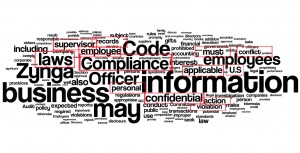 As can be seen in the section importance visual, based on word count, each section is tied to corporate standards and codes. Compliance and Conflicts of Interest are the two biggest sections, with not a single section that relates personally to employees: nothing about employee behavior day-to-day, or behavior at conferences, or paths to follow when you feel your rights have been violated (though, since no rights are given to employees, not even the right to not be harassed, that isn’t surprising). It may be entirely possible that Zynga has a comprehensive code of conduct that deals with the gaps here, but 1) I doubt it and 2) this is what is publicly available. As I have discussed, the stories that companies tell about themselves through their approved, public discourse says much about how the atmosphere of the company is supposed to work.
As can be seen in the section importance visual, based on word count, each section is tied to corporate standards and codes. Compliance and Conflicts of Interest are the two biggest sections, with not a single section that relates personally to employees: nothing about employee behavior day-to-day, or behavior at conferences, or paths to follow when you feel your rights have been violated (though, since no rights are given to employees, not even the right to not be harassed, that isn’t surprising). It may be entirely possible that Zynga has a comprehensive code of conduct that deals with the gaps here, but 1) I doubt it and 2) this is what is publicly available. As I have discussed, the stories that companies tell about themselves through their approved, public discourse says much about how the atmosphere of the company is supposed to work.
As Zynga continues to decline in popularity, I can only imagine that it is not independent of these corporate policies. When companies like Zynga treats their workers as commodities without providing them with the most basic standards of protection from harassment, discrimination, and bias, diversity suffers. And innovation comes from diversity, not from, as Mark Pincas believes, competition.

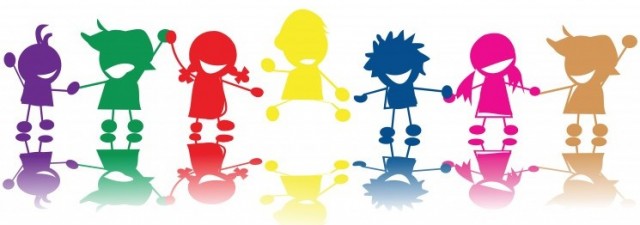

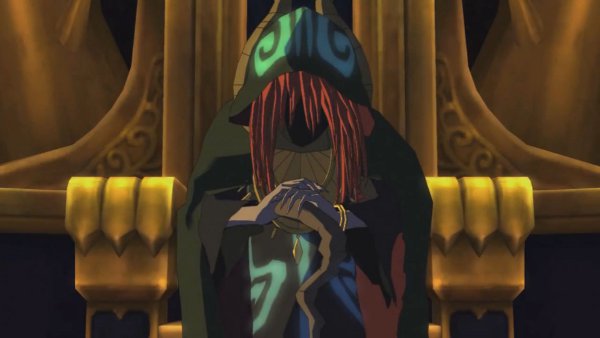
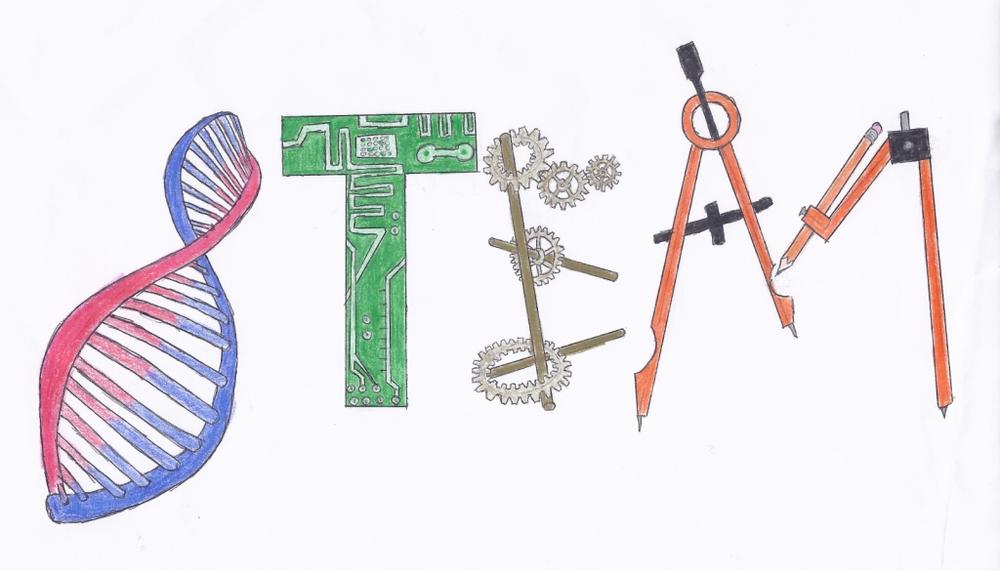
2 thoughts on “Analysis of Zynga’s Code of Conduct”
I’ve never much liked Zynga, and from that they don’t sound like a place I’d like to work. You would think that if they did have another document covering harassment polices this one would reference it at some point, maybe? Though I may be bitter about then ending Vampire Wars, I spent way too much on that game. lol
Ha! Yes I really really hope that they cover harassment and discrimination somewhere else. But still, as a woman, if I wanted to go into the gaming industry I would research these types of companies first to see how seriously they take the culture of abuse. I would never even apply to Zynga based on what is publicly available.